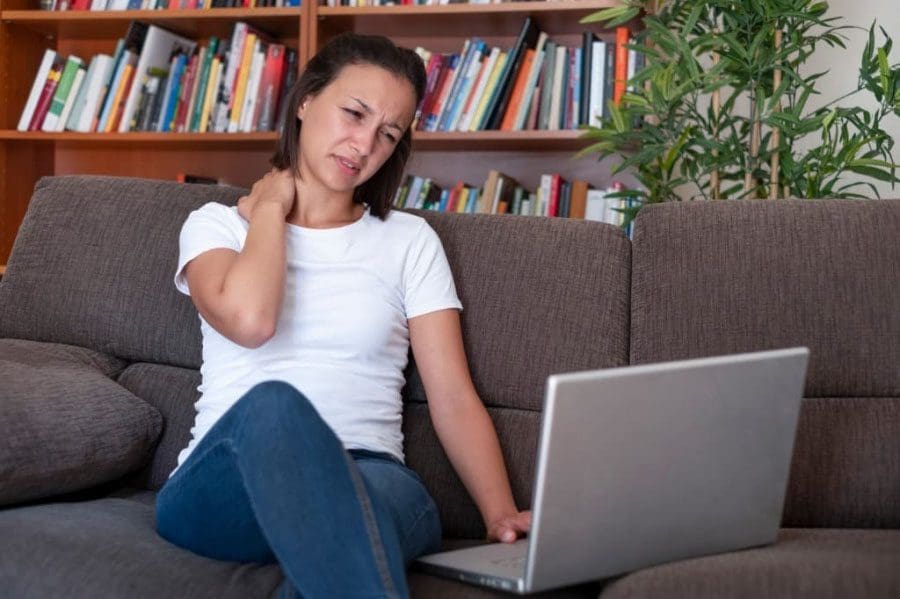
Safety First
Consult your spine pain specialist, chiropractor, or doctor to determine the cause of the pain and if massage will be beneficial. Before starting a self-massage regimen, be sure pain levels are not severe and you are able to perform the massage techniques. Any muscle region, spine included, can benefit from massage both professionally and self. If at any time during the massaging different pain presents other than the massage soreness, stop and evaluate what could be happening. These self-massage tips are aimed at reasonably healthy individuals. Be mindful of herniated discs, any type of impingement, or spinal compression. If an individual has this type of injury acquire medical instruction on how to perform self-massage techniques specifically for these conditions from a physician, chiropractor, or physical therapist.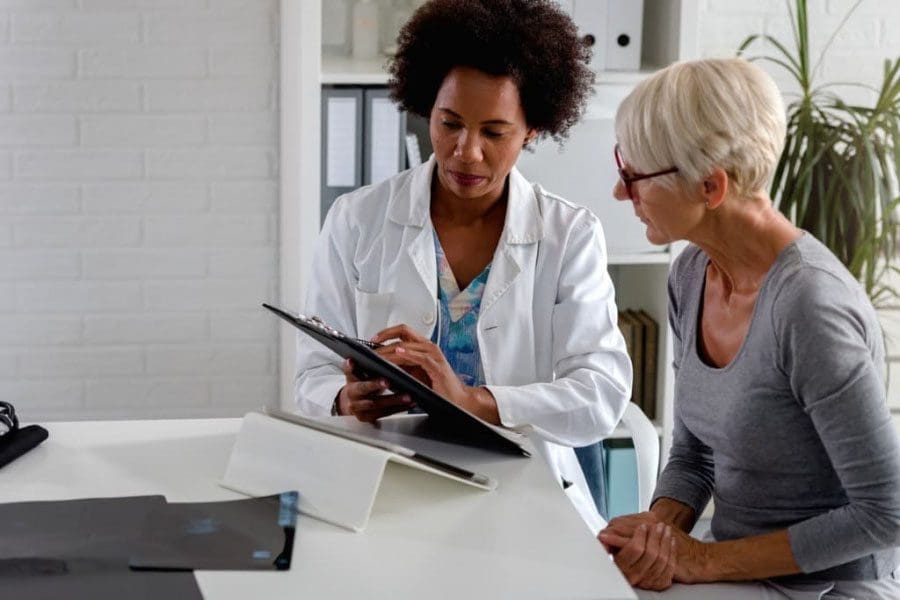
Self-massage
Massage therapy helps in relieving back and neck pain in different ways.- Relaxes muscles
- Improves range of motion
- Reduces injury
- Maximizes healing
- Better sleep
Applied Pressure
One way to give yourself a massage is to locate the painful area/s and gently apply pressure with the thumb/s, moving the muscle/s statically by just rotating the arm/hand together with the thumb pressing on the area. If possible get into a comfortable stretching position and massage the area while the muscle, joint, ligament is stretched out and find the painful area and work it if not with the thumb technique then use a foam roller, massage tool, tennis ball, massage ball, etc, also done in slow circular motions. When applying pressure, don’t push it to the limit like working out. That is not the goal. The objective is to work out the pain/soreness and loosen up the area. Therefore it’s best to start gently and gradually build up to stronger pressure as long as it feels correct and the pain does reduce. Gradually increase the intensity of the pressure, heat, sessions, etc. But do not overdo it, as that could worsen or cause further injury.Stretch
Although not directly massaging an area, stretching is a form of self-care that keeps the body loose and limber. Stretching out is recommended at the beginning of the day and before exercising. An example is runner’s lunge pose and a yoga pose called pigeon. These are excellent stretches for releasing the psoas muscle, located in the lower lumbar region.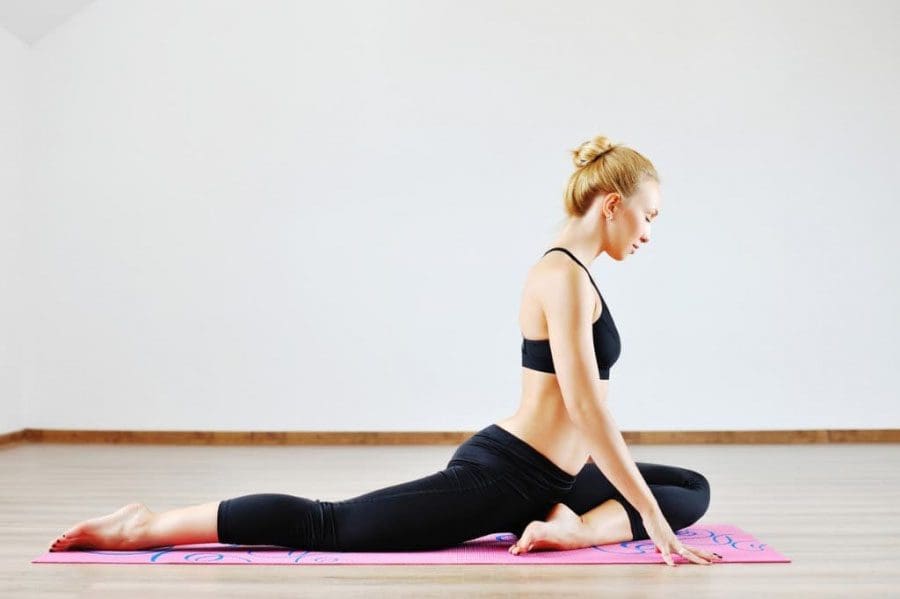
Utilize Massage Tools/Devices
Utilize self-massage tools and devices that can help deliver pain relief. Foam rollers and tennis balls can help with trigger points, areas of muscle pain and can help with the hard to reach areas. Massage balls can also help to apply balanced pressure and even circular massage motion. These tools are typically sandwiched between the wall or floor and the individual who rolls drags or creates friction to effectively work the muscle/s tightness, and knot/s out. Motorized massagers can help with muscle tension in the lower side of the back, hips, and glutes.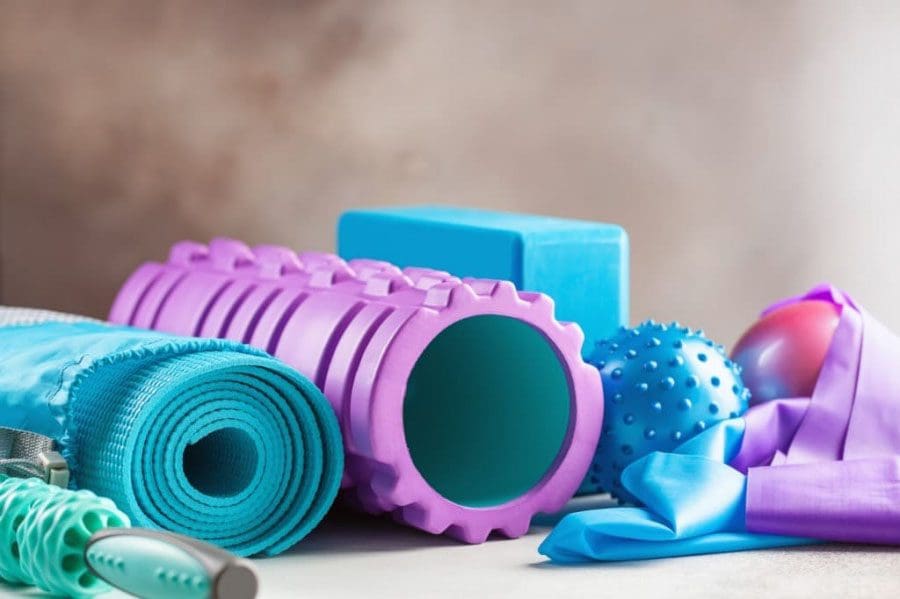
Partner
Sometimes however there are areas difficult to reach and even if reachable massaging the area isn’t the same because of the awkward position. When this happens if possible use a spouse, family, friend, or partner to massage out those points. This could be the middle back and hamstrings to get a thorough massage. Just like a professional massage therapist having someone else can be a great help in applying heat or ice to areas that can be troublesome. But if not then make do with what you’re able. Self-massage can be very helpful and beneficial until you are able to see your massage therapist, chiropractor, or physical therapist.Massage Therapy
Dr. Alex Jimenez’s Blog Post Disclaimer
The scope of our information is limited to chiropractic, musculoskeletal, physical medicines, wellness, and sensitive health issues and/or functional medicine articles, topics, and discussions. We use functional health & wellness protocols to treat and support care for injuries or disorders of the musculoskeletal system. Our posts, topics, subjects, and insights cover clinical matters, issues, and topics that relate and support directly or indirectly our clinical scope of practice.* Our office has made a reasonable attempt to provide supportive citations and has identified the relevant research study or studies supporting our posts. We also make copies of supporting research studies available to the board and or the public upon request. We understand that we cover matters that require an additional explanation as to how it may assist in a particular care plan or treatment protocol; therefore, to further discuss the subject matter above, please feel free to ask Dr. Alex Jimenez or contact us at 915-850-0900. The provider(s) Licensed in Texas& New Mexico*Post Disclaimers
Professional Scope of Practice *
The information herein on "Self-Massage Techniques" is not intended to replace a one-on-one relationship with a qualified health care professional or licensed physician and is not medical advice. We encourage you to make healthcare decisions based on your research and partnership with a qualified healthcare professional.
Blog Information & Scope Discussions
Our information scope is limited to Chiropractic, musculoskeletal, physical medicines, wellness, contributing etiological viscerosomatic disturbances within clinical presentations, associated somatovisceral reflex clinical dynamics, subluxation complexes, sensitive health issues, and/or functional medicine articles, topics, and discussions.
We provide and present clinical collaboration with specialists from various disciplines. Each specialist is governed by their professional scope of practice and their jurisdiction of licensure. We use functional health & wellness protocols to treat and support care for the injuries or disorders of the musculoskeletal system.
Our videos, posts, topics, subjects, and insights cover clinical matters, issues, and topics that relate to and directly or indirectly support our clinical scope of practice.*
Our office has reasonably attempted to provide supportive citations and has identified the relevant research study or studies supporting our posts. We provide copies of supporting research studies available to regulatory boards and the public upon request.
We understand that we cover matters that require an additional explanation of how it may assist in a particular care plan or treatment protocol; therefore, to further discuss the subject matter above, please feel free to ask Dr. Alex Jimenez, DC, or contact us at 915-850-0900.
We are here to help you and your family.
Blessings
Dr. Alex Jimenez DC, MSACP, RN*, CCST, IFMCP*, CIFM*, ATN*
email: coach@elpasofunctionalmedicine.com
Licensed as a Doctor of Chiropractic (DC) in Texas & New Mexico*
Texas DC License # TX5807, New Mexico DC License # NM-DC2182
Licensed as a Registered Nurse (RN*) in Florida
Florida License RN License # RN9617241 (Control No. 3558029)
Compact Status: Multi-State License: Authorized to Practice in 40 States*
Presently Matriculated: ICHS: MSN* FNP (Family Nurse Practitioner Program)
Dr. Alex Jimenez DC, MSACP, RN* CIFM*, IFMCP*, ATN*, CCST
My Digital Business Card
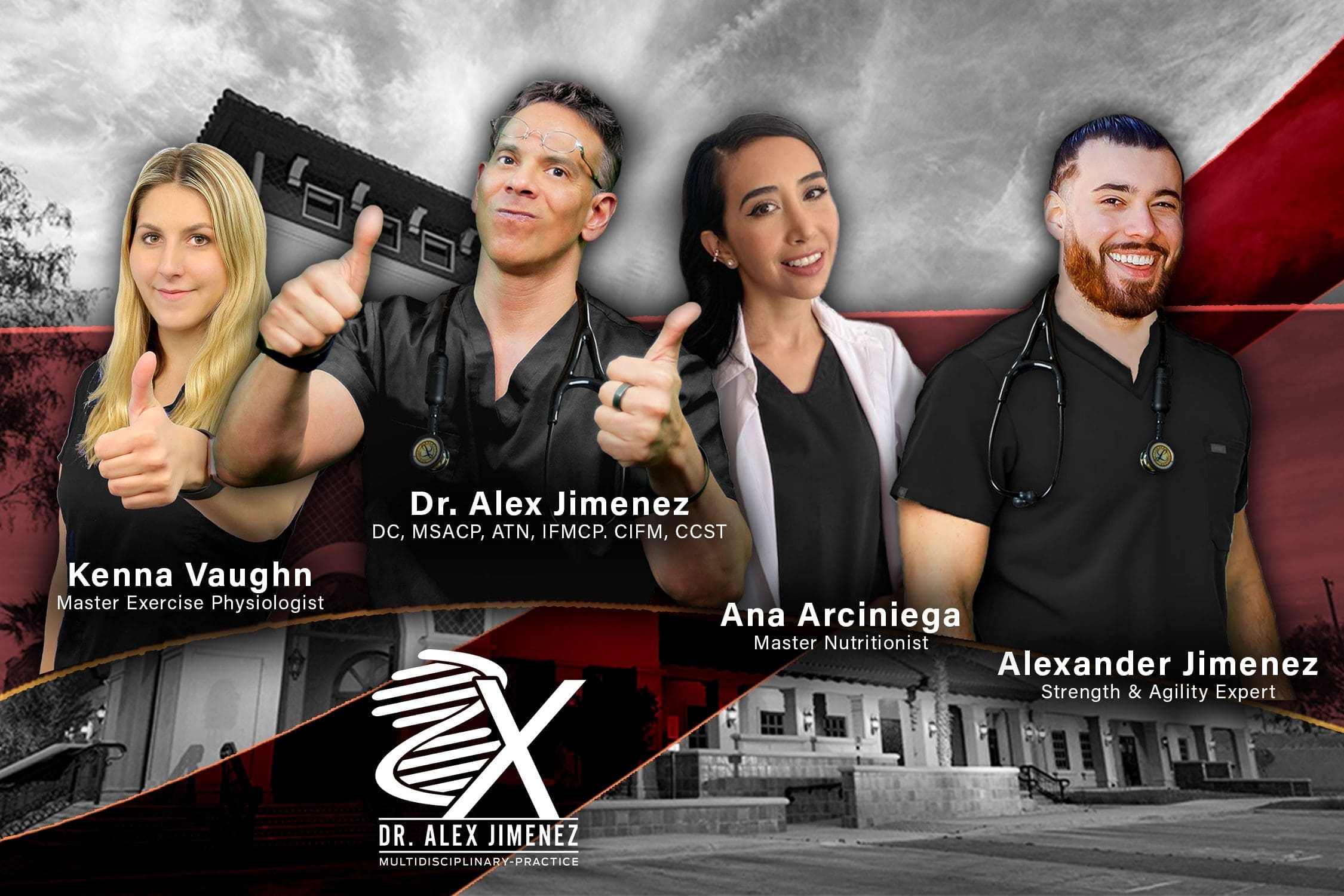

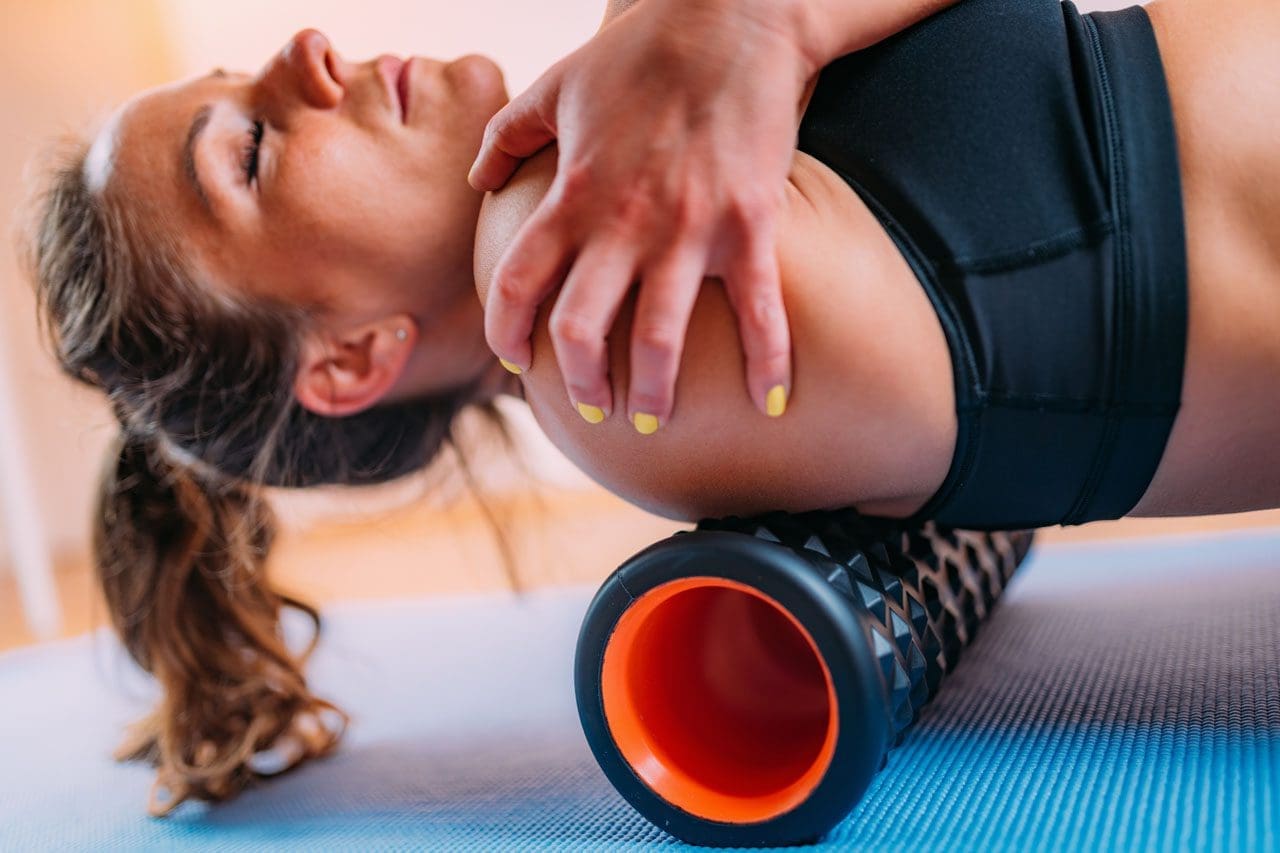



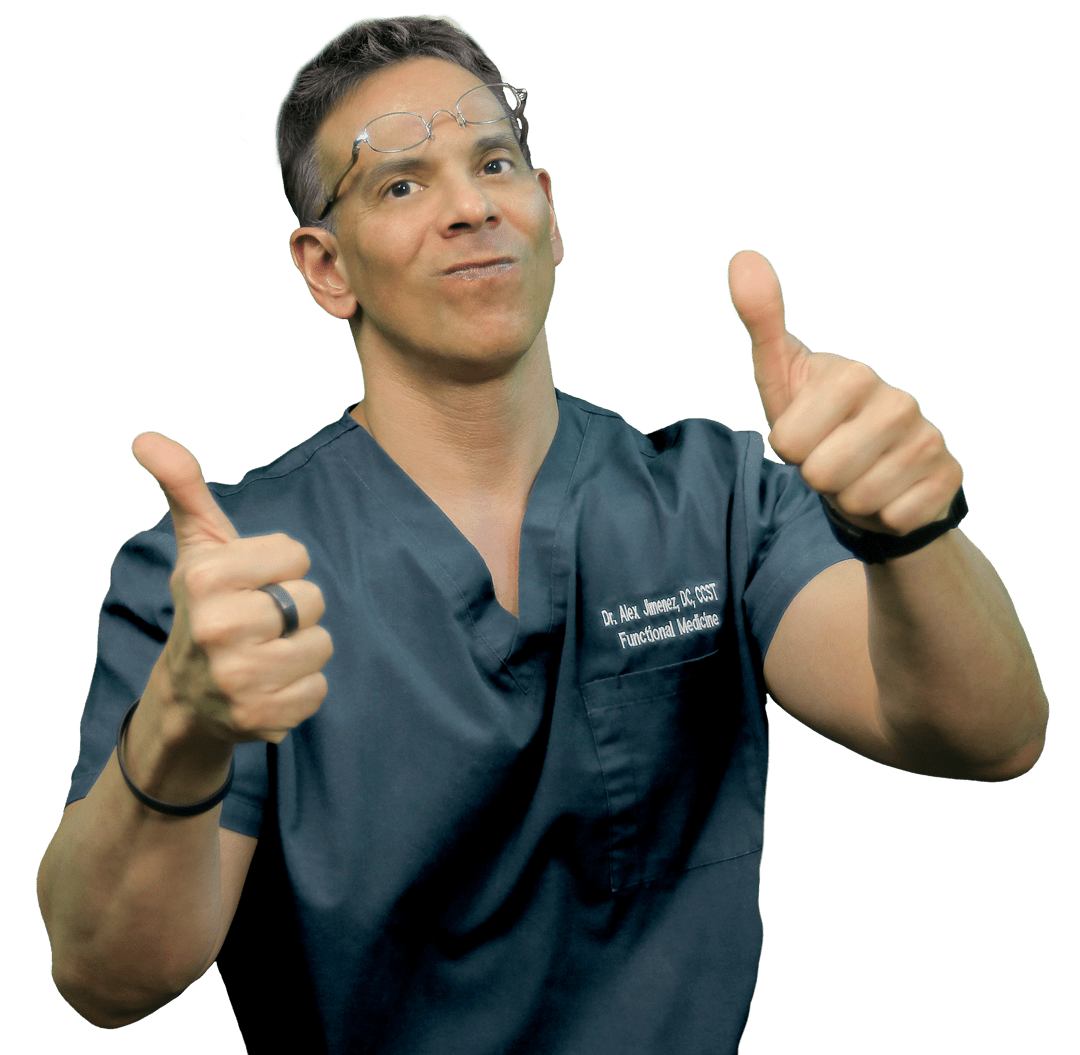 Again, I Welcome You.
Again, I Welcome You.
Comments are closed.